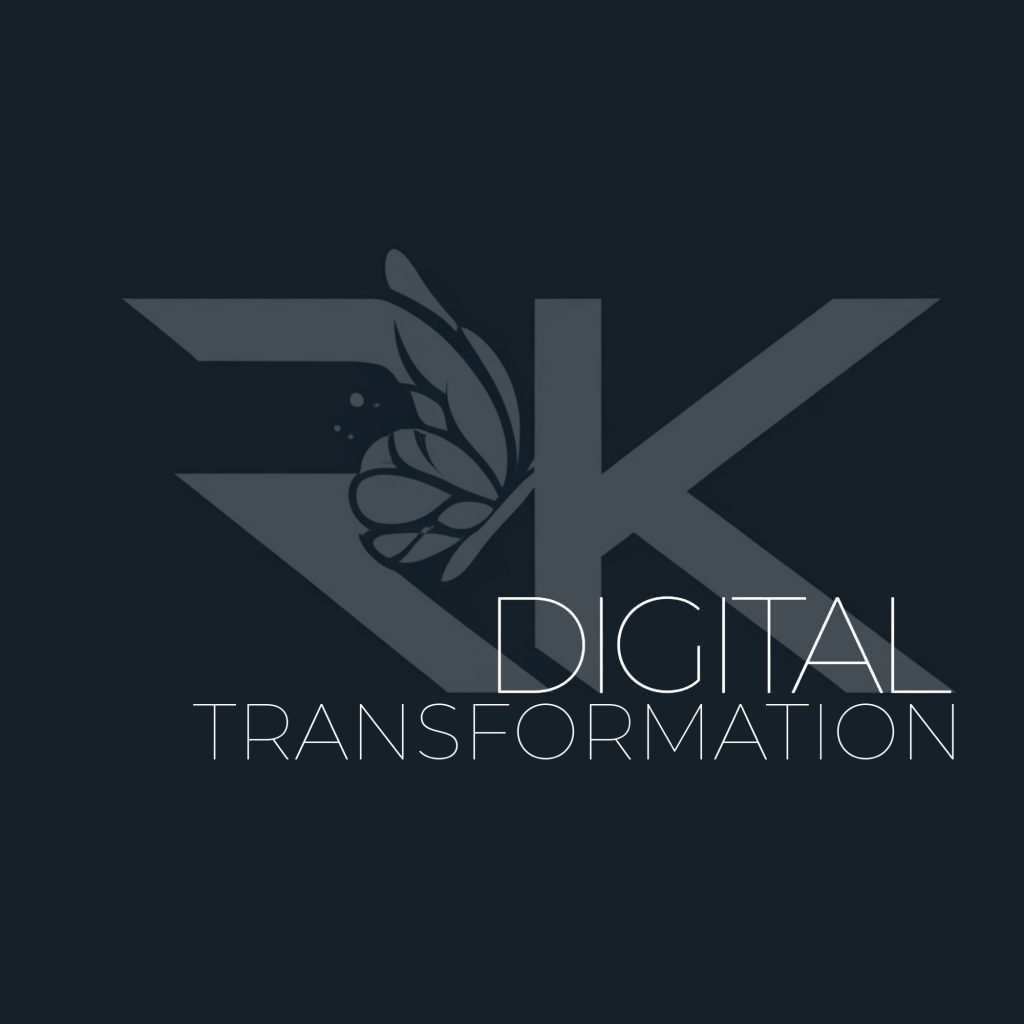Building, Growing, and Dreaming Big
Life has a way of keeping you on your toes, doesn’t it? If there’s one thing I’ve learned over the years, it’s that every chapter brings a new challenge, a new opportunity, and—if you’re lucky—a new spark of inspiration. Lately, I’ve found myself in a whirlwind of exciting projects, each one pushing me to think differently, work harder, and dream a little bigger.

Family and Community: Where My Heart Is
Outside of work, life’s just as full. Quinn has been making me prouder by the day. Her gymnastics journey has been a lesson in perseverance—for both of us! She’s pushing through challenges, learning to embrace the tough stuff, and finding her own confidence along the way. Watching her grow through those moments inspires me to dig deeper in my own work.
Meanwhile, Chase has been thriving too. He’s been knocking out straight A’s quarter after quarter while diving into the arts. This year, he’s playing the love interest in his middle school musical, The Addams Family. Watching him on stage, fully in his element, has been such a joy. Next up, we’re taking him to his high school orientation—a big milestone that reminds me how fast time flies.
I’m also still keeping a pulse on the local community. Moderating the neighborhood social media page reminds me how important it is to stay connected. It’s easy to get wrapped up in your own bubble, but those daily interactions keep me grounded.
RK Digital Transformation: Growing Brands, Growing Businesses

On the digital front, things have been full steam ahead at RK Digital Transformation. Karen and I have been diving deep into creative strategies, helping businesses reimagine how they connect with their customers. It’s the perfect mix of creativity and analytics, which is where I thrive. Lately, we’ve been rolling out a new initiative—Success Pathways—designed to help small businesses get their foot in the door with targeted, affordable solutions. Seeing these “aha” moments with our clients reminds me why I love what I do.

One of the highlights of my week was catching up with a client to review their December sales. As we went over the numbers, I casually mentioned that I was hoping we could match November’s impressive sales totals. Without missing a beat, he looked at me and said, “Ryan, it’s a 30% increase over the prior December… we’re good.” We both had a good laugh, and it was a great reminder to stop and appreciate the progress we’re making. Moments like these, when the hard work pays off and clients feel confident in their growth, are what make this work so rewarding.
It’s also been amazing working alongside Karen. Her eye for design, her passion for innovation—it’s contagious. Every project we tackle together feels like a chance to build something meaningful, not just for us but for the businesses we serve.
Oh, and I’ve officially nicknamed my AI assistant “Artoo,” inspired by Luke Skywalker’s loyal droid companion, R2-D2. Like the original, Artoo is reliable, resourceful, and always ready to help. Having a digital co-pilot makes juggling everything a little easier and keeps the nerd in me very happy.

Looking Ahead
If I’m being honest, I don’t always know what’s coming next—and I kind of love that. Right now, I’m focused on doing the work, nurturing the relationships that matter, and leaving room for whatever new opportunities come my way. Whether it’s building a brand, crafting a strategy, or supporting my family, I’ve realized the secret isn’t in doing everything perfectly—it’s in showing up, staying curious, and keeping the passion alive.
So that’s what I’ve been up to lately. A little bit of everything, and all of it good. Thanks for catching up with me—I’d love to hear what you’ve been up to, too. Let’s keep building, growing, and dreaming big together.






















